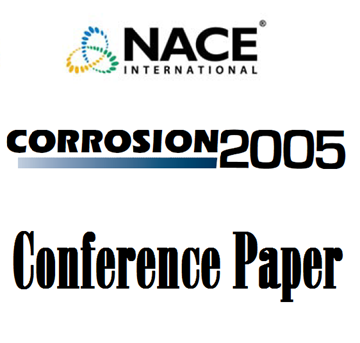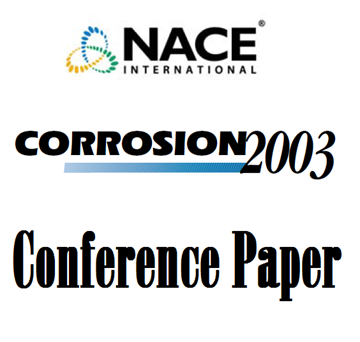Search
51317-9488-Development and Assessment of Environmentally-Friendly Corrosion Stain Remover for Navy Topside Coatings
Also Purchased
05002 Antifouling Coatings for Offshore Structures
Product Number:
51300-05002-SG
ISBN:
05002 2005 CP
Publication Date:
2005
$20.00
03010 APPROACHES FOR ACHIEVING SUCCESSFUL HIGH BUILD COATINGS ON SHARP EDGES IN SHIP'S BALLAST TANKS
Product Number:
51300-03010-SG
ISBN:
03010 2003 CP
Publication Date:
2003
$20.00
00615 INSPECTION AND INTERPRETATION USING JOINT STANDARD NACE NO. 5/SSPC SP-12
Product Number:
51300-00615-SG
ISBN:
00615 2000 CP
$25.00




